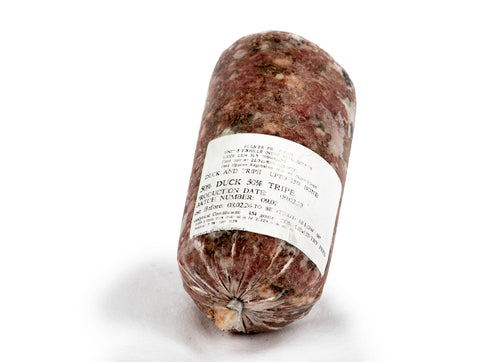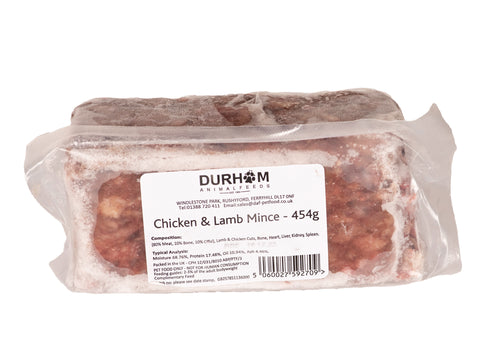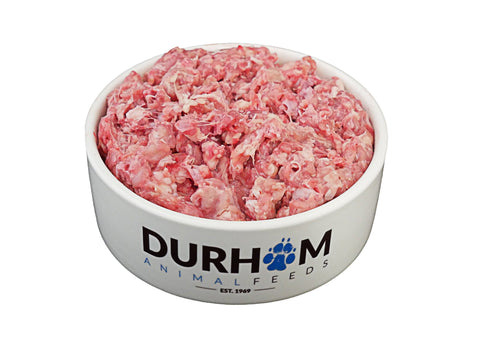African Grey First Moult

First Moult
Your African Grey’s first baby moult will begin at about 8 months of age. His soft, downy feathers will seem to come out all at once — don’t worry, though. You may be vacuuming feathers up from all over your floor, but this is completely normal. At around 11 months of age, your bird will begin his first true moult. He will first shed feathers from his outer wing, no more than one or two at a time. Whichever feather is released from one wing will also be released from the other within a day or two. This keeps your bird’s body symmetrical and balanced so his flight won’t be hindered. Following the outer wing feathers, your African Grey will lose his inner wing feathers, tail feathers and contour feathers, in that order. The contour feathers are the outermost ones on his body that give him his shape and beautiful colouring. The first moult takes the longest for him to complete and can last as long as two to three years.
Secondary Moults
Once your African Grey has completed his baby moult, he replaces worn-out feathers every year or so. If he isn’t still going through his baby moult, he will experience a second moult at about 18 months of age, during which all of his baby feathers should be replaced by adult feathers. You will be able to tell if your African Grey is growing his adult feathers by examining his tail. Baby tail feathers will be marked with a black, smudged or sooty-looking tip. A healthy bird will never shed more than one or two feathers at a time from each side of his body. Secondary moults will happen more quickly than your bird’s initial moult, but it will still take several months for him to completely replace his feathers.
Abnormal Moult
Outside of your bird’s normal moult, any sudden or unexplained loss of feathers should be discussed with your veterinarian. One of the most common causes of abnormal moult or abnormal feather formation is a diet lacking proper nutrients. The best prevention against such conditions is to feed your African Grey a quality, pelleted diet. You will know if your bird’s diet is lacking if his new feathers have stress bars on them. These are areas where the feather hasn’t formed during the growth stage and will appear as dark spots against his normal colouring. Poor diet can also trigger poor quality feathers, poor colouring, and bands of differing colour.
Moulting Care
moult is an extremely stressful condition for your bird. As his body begins to generate new feathers, his metabolic rate will rise by as much as 30 percent. A quality, pellet (Harrisons) diet should give your bird all the nutrients his needs in order to sustain his body through the moulting process. Keep your African Grey’s toenails clipped. This will help keep him from damaging his delicate new feathers. He may also enjoy having his body misted with water more than usual. Don’t be surprised if your bird becomes moody or is less active than usual. If you clip your African Grey’s wing feathers to limit his flight, be extremely careful in doing so during the moult. The new feathers are alive when they first grow in, complete with a blood supply. While the feather is new, clipping it can cause great pain and profuse bleeding. Examine the base of each feather before trimming the wings, and do not trim them if any of the feather shafts, or quills, have a purplish-blue colour.







